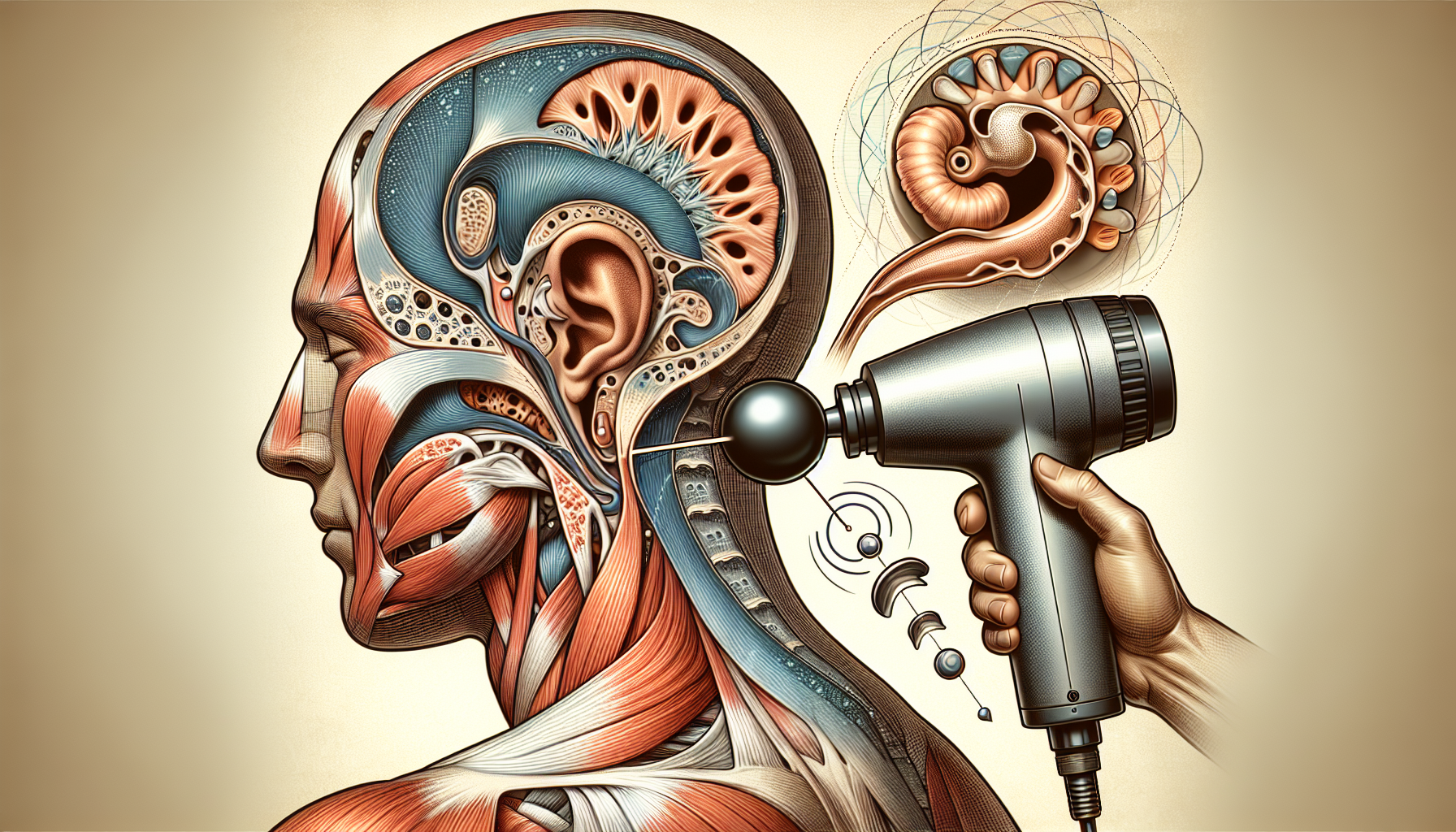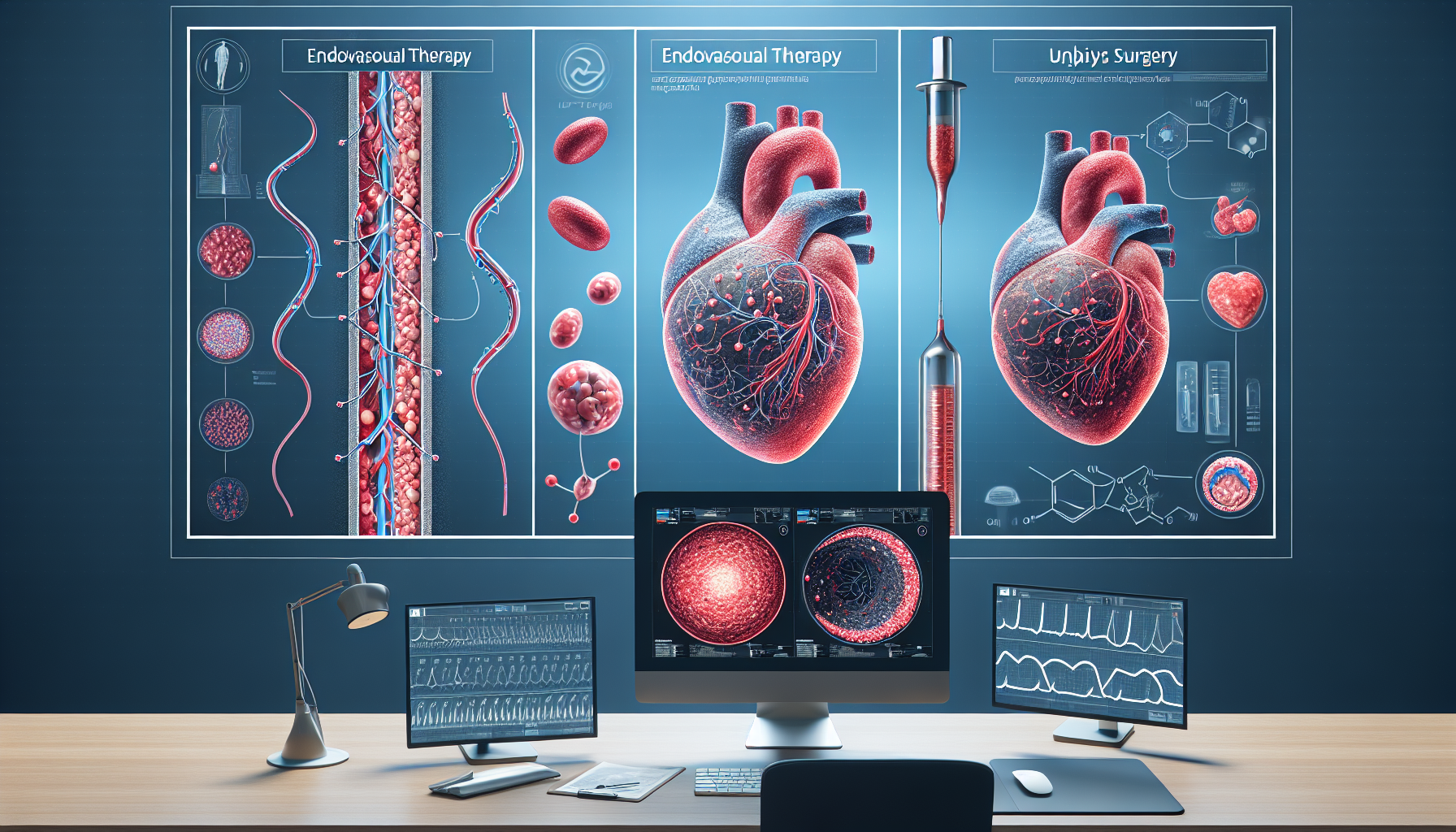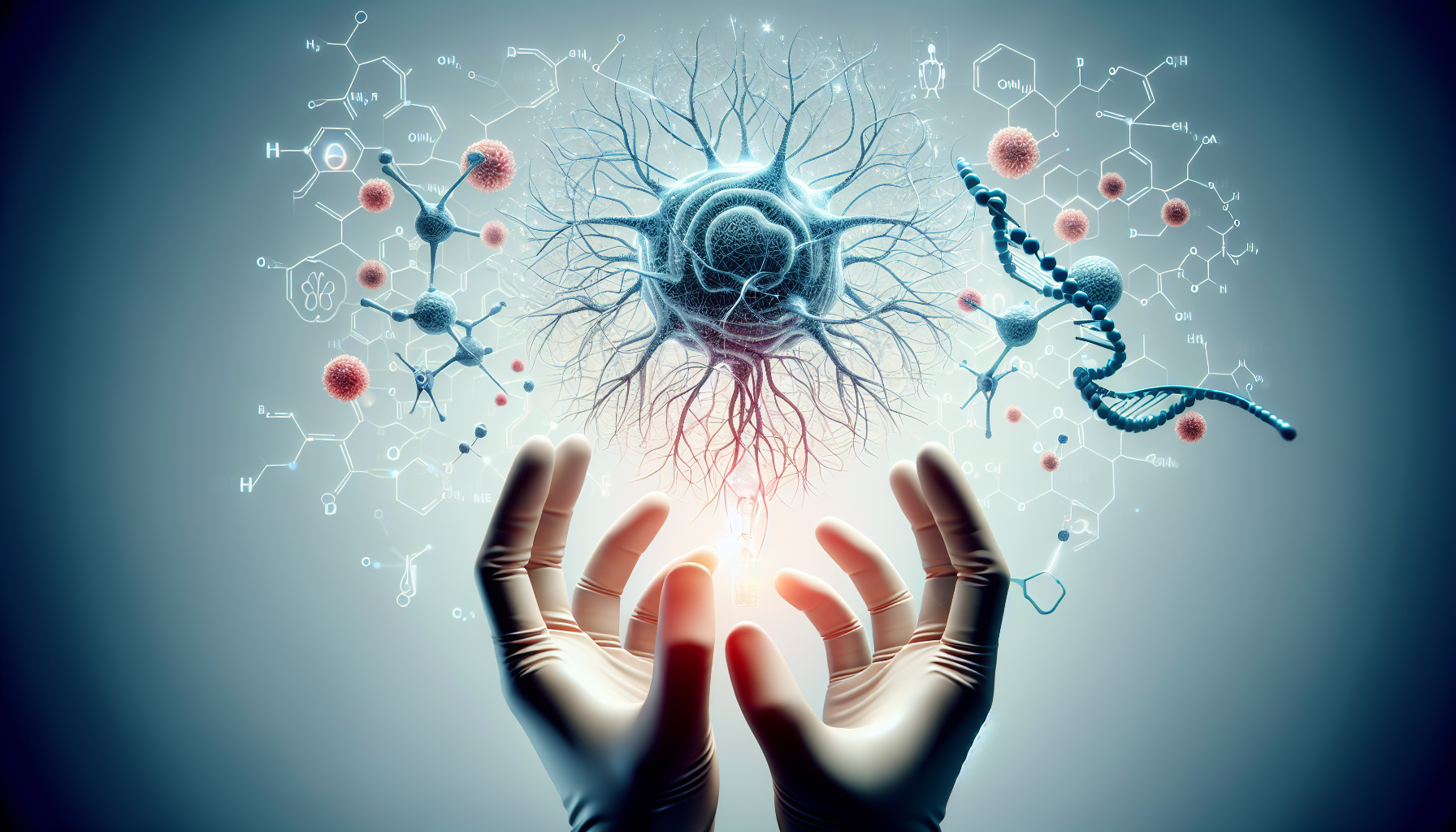Promising New Cell Therapy Shows Hope for Chronic Back Pain Relief
Key Takeaways
- New cell therapy shows promise in treating lumbar disc degeneration.
- Significant pain reduction and improvement in quality of life were observed.
- Study results highlight the potential of IDCT to reverse disease progression.
Did You Know?
Introduction to the Study
A recent study published in the International Journal of Spine Surgery has shown promising results for a new cell therapy, aimed at treating lumbar degenerative disc disease (DDD). This study, approved by the FDA, tested an allogeneic disc progenitor cell therapy (IDCT) and demonstrated significant improvements in pain and quality of life for patients.
DiscGenics, Inc., a biopharmaceutical company specializing in regenerative therapies, conducted this study, which consisted of both Phase I and II trials. The therapy, using IDCT or rebonuputemcel, provided notable relief to patients over a period of two years.
Key Findings
The primary results highlighted that a single injection of high-dose IDCT (9,000,000 cells/mL) into degenerative discs led to significant increases in disc volume. This result was coupled with substantial decreases in back pain, improved functionality, and enhanced quality of life.
These benefits were observed to last for up to two years post-injection, indicating the long-term efficacy of the treatment. Data also suggested that IDCT may halt or even reverse the progression of disc degeneration.
Details of the Clinical Trials
The clinical trials involved 60 patients with symptomatic lumbar DDD. They were randomized and received different treatments: low-dose cells (n=20), high-dose cells (n=20), vehicle alone (n=10), or placebo (n=10). The main goal was to achieve a 30% improvement in pain levels within one year.
Results showed that those who received high-dose cells experienced a 62.8% reduction in pain. Improvements in disability and quality of life measures were also recorded by 12 weeks, and these improvements continued at various checkpoints up to 104 weeks.
Safety and Side Effects
Of the total participants, only a few reported severe adverse events (AEs), the majority occurring in the placebo group. No serious AEs were related to the treatment itself, suggesting that IDCT is a safe option for chronic back pain caused by DDD.
Among the serious AEs reported, 6.7% of patients were impacted, but none of these events were linked directly to the IDCT treatment.
Expert Insights
Dr. Matthew F. Gornet, the lead author and spine surgeon involved in the study, stated that the outcomes are highly promising for patients suffering from DDD. With over 30 years of experience, Dr. Gornet emphasized the potential of IDCT to revolutionize treatment protocols for this condition.
Kevin T. Foley, MD, Chief Medical Officer of DiscGenics, added that their consistent evidence from various studies underscores the regenerative potential of IDCT, further supported by significant results in this human trial.
Future Implications
Given the severe impact of DDD, which accounts for nearly 40% of chronic low back pain cases in the U.S., the success of IDCT could offer a vital new treatment option. The condition affects 12-30% of adults at any given time, costing the healthcare system over $100 billion annually.
DiscGenics aims to move forward with a Phase III clinical study in the U.S. to further validate these positive findings and potentially bring this innovative therapy to the market.
Conclusion
The study results published by DiscGenics present a groundbreaking advancement in the treatment of lumbar disc degeneration. By reducing pain and increasing disc volume safely, this new cell therapy holds the potential to significantly improve patients' lives.
As further studies progress, the medical community remains hopeful for the eventual widespread availability of IDCT, promising new hope for those suffering from chronic back pain.
References
- International Journal of Spine Surgeryhttps://www.ijssurgery.com/
- DiscGenicshttps://www.discgenics.com/
- FDA Fast Track Designationhttps://www.fda.gov/






